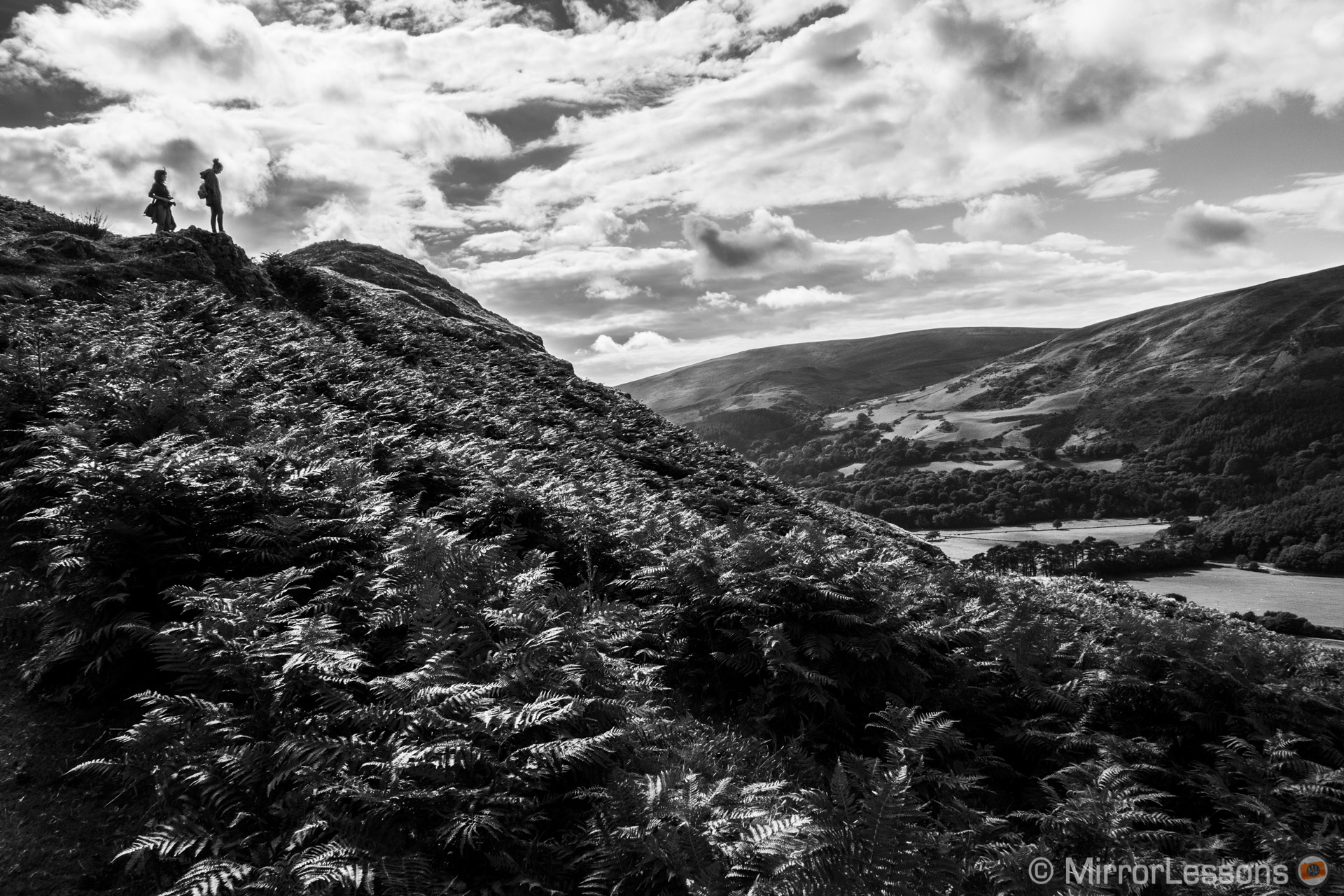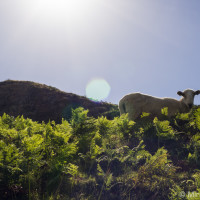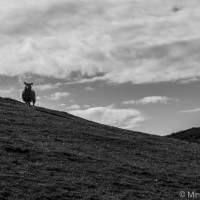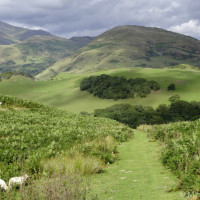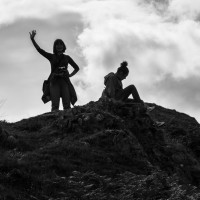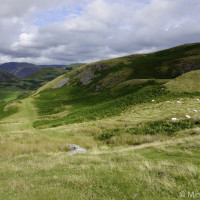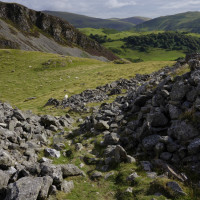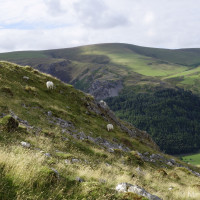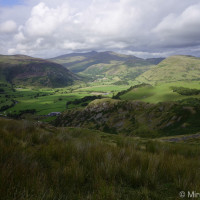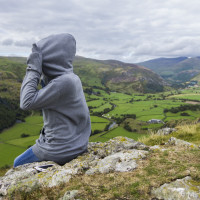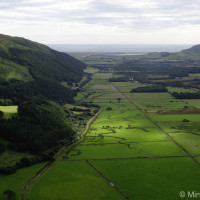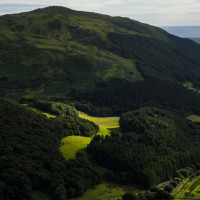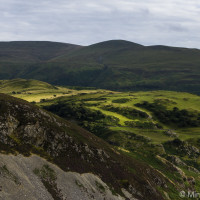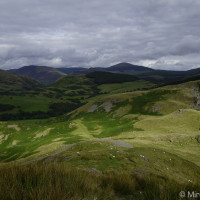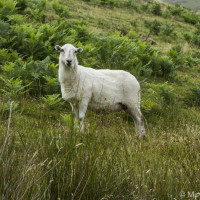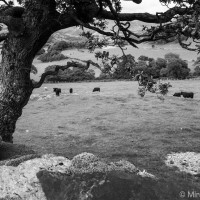On Sunday we went on a walk up to the top of Bird Rock, a miniature mountain close to the town of Tywyn where we are staying in Wales. It was my second day with the camera, after beginning to test it the day before in Colwyn Bay (you can check out my first impressions review here). It is a short yet very beautiful walk amidst wonderful scenery; a great opportunity to have better a look at the lens performance, colour reproduction and dynamic range of the Sony RX100MII.
It was a cloudy day injected with the occasional ray of sun, which gave a breathtaking dramatic effect to the pictures I took (check out my recent Pen E-P5 gallery to see what I’m talking about). A funny thing that happened is that we took the wrong path at the beginning. We went through a fence and were immediately approached by a group of sheep, who are usually scared of people and run off as you pass by. They started to bleat in an unusual and angry way, bearing their teeth and threatening to bite. We quickly understood that we were unwelcome in this foreign territory so we turned on our heels without looking back and found the right path. But during this unexpected deviation, the sun suddenly showed itself and gave us this amazingly contrasted scene between light and shadow.
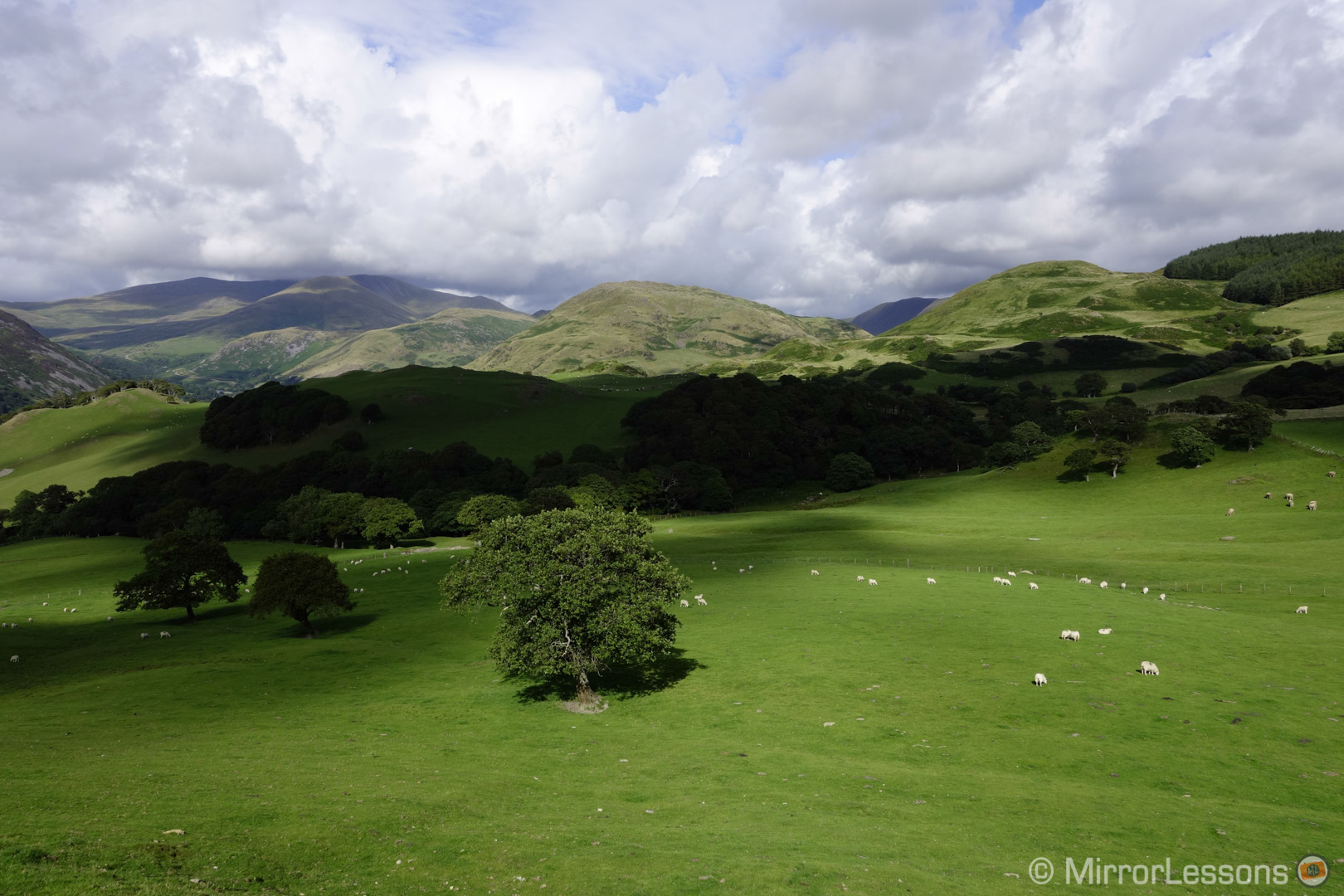
I continued to follow the light whenever the sun showed its face to see how the RX100 II would reproduce those unique colours and I must say that I am very pleased by the results. I worked in Aperture priority and used the Vivid picture profile, which renders saturated and vivid colours quite well, even though it is sometimes a little too harsh with the shadows. But in the case above, it helps to reproduce the dramatic contrast of the scene. You can set the dynamic range for JPGs to 5 different levels but I wasn’t focusing on that when I took these pictures.
White Balance was set to Auto. I noticed that the camera has the tendency toward cool colours. It was past 5 p.m. so the light was softer and warmer in real life than the colours of some JPGs I looked at on my computer.
If you prefer to work the RAW files, you will be surprised by the dynamic range of its 1-inch sensor. I recovered a lot of shadows in some back-lit shots and enjoyed editing them even though I am used to editing RAW files coming from cameras with bigger sensors.
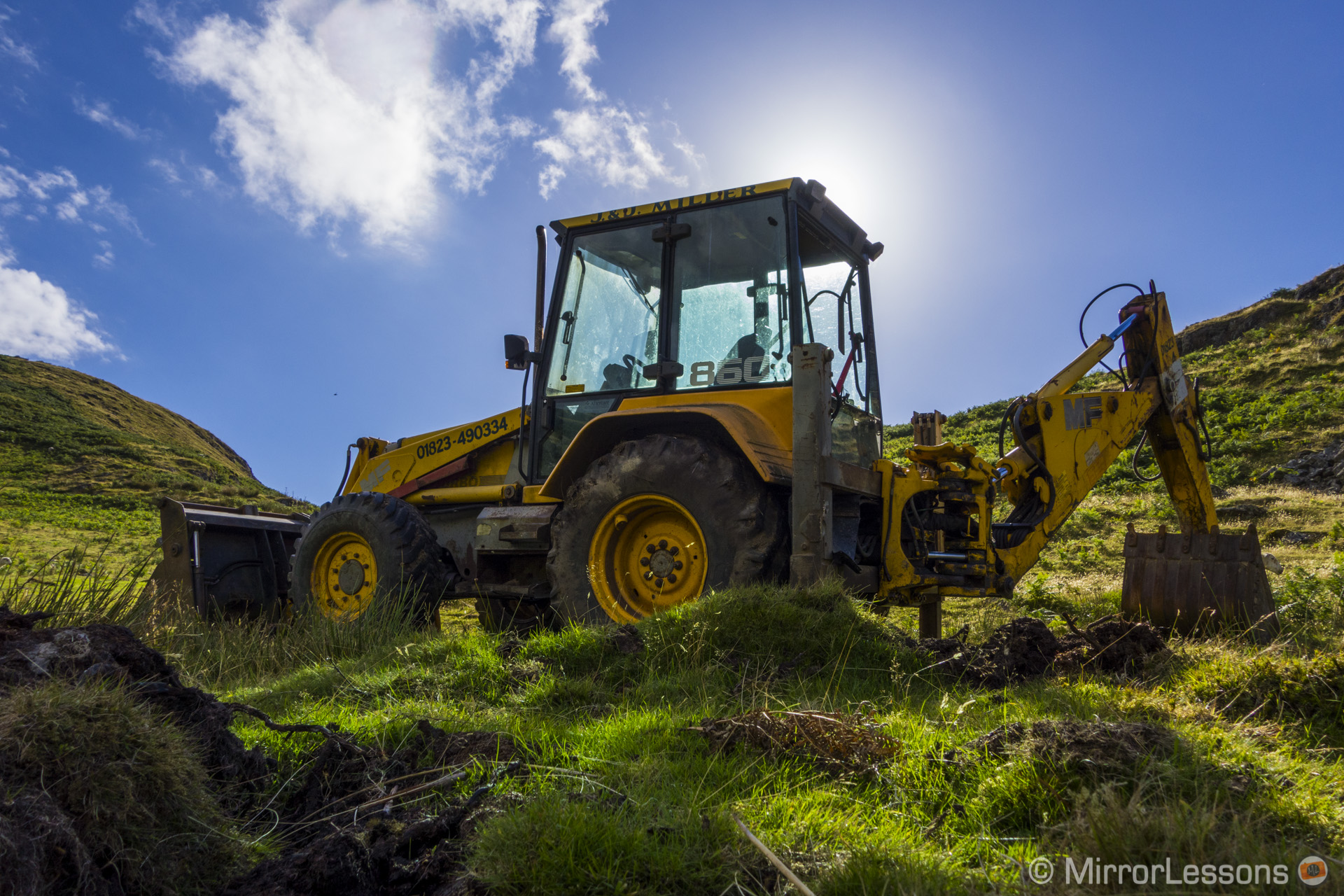
Highlight recovery also works well but chromatic aberration present in the photos will become more evident. (It is nothing that you cannot eliminate in Lightroom with the snap of your fingers).
The lens performs very well and has some great assets such as a fast 1.8 aperture at its widest focal length. I wish it could close more than f/11, also because the max shutter speed is 1/2000. If you want to use the f/1.8 fast aperture in bright daylight, you will most likely end up with an overexposed image. It is also very sharp, which is excellent for a point-and-shoot camera. It loses some sharpness at the maximum focal length or at its fastest aperture but it is nothing to fret about; it is normal for this kind of lens. The only real flaw is the presence of lens flare when you shoot into direct sunlight, but it is something I can live with.
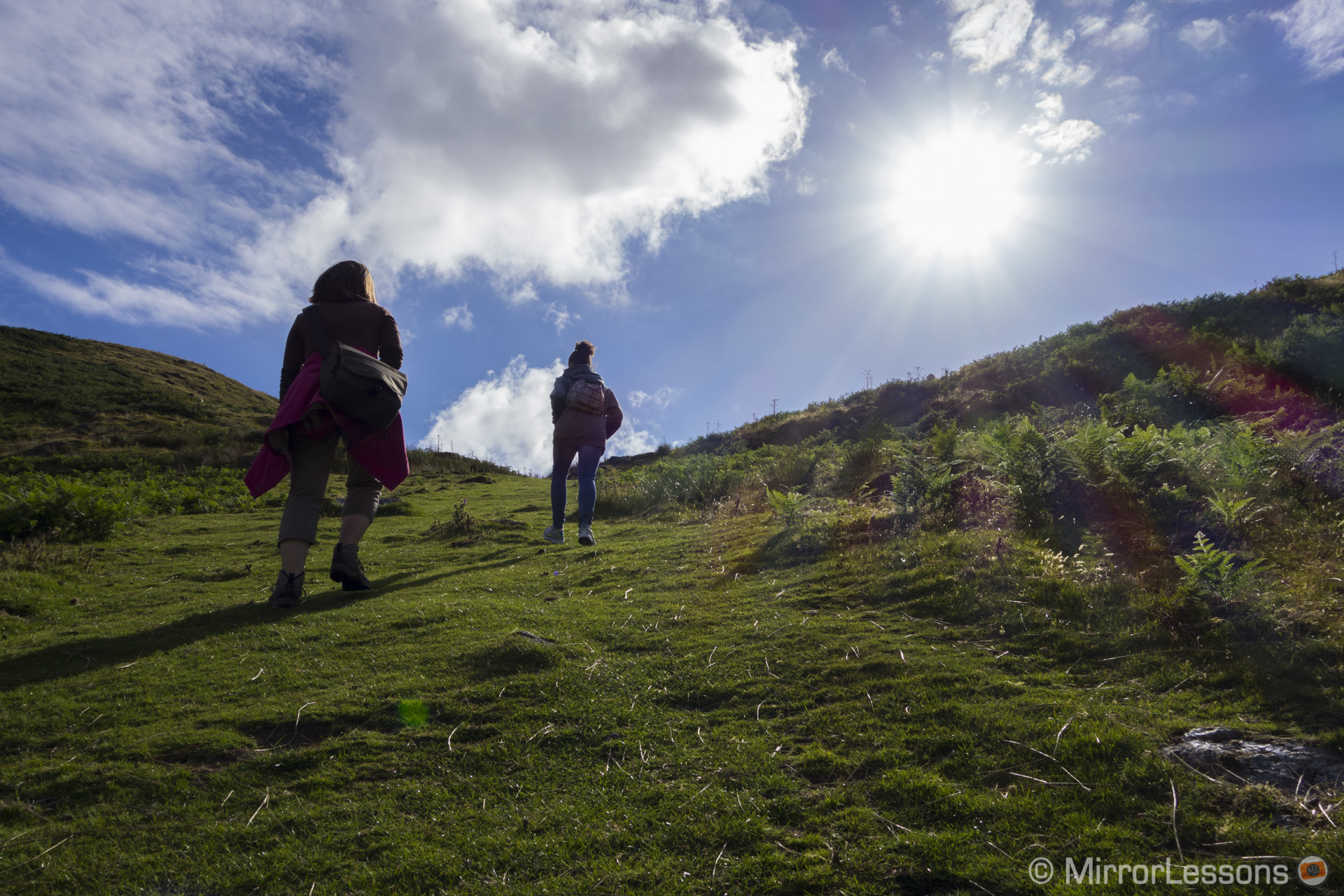
DSC-RX100M2, 1/400, f/ 8, ISO 160
Despite having a smaller sensor than MFT (the same size as the Nikon 1 system), you can obtain some shallow depth of field with this camera. The best way is of course to focus as close as possible to your subject. Otherwise, if you manage to stay between f/1.8 and 2.8 and 35/50mm equivalent, you can still isolate your subject and get nice results.
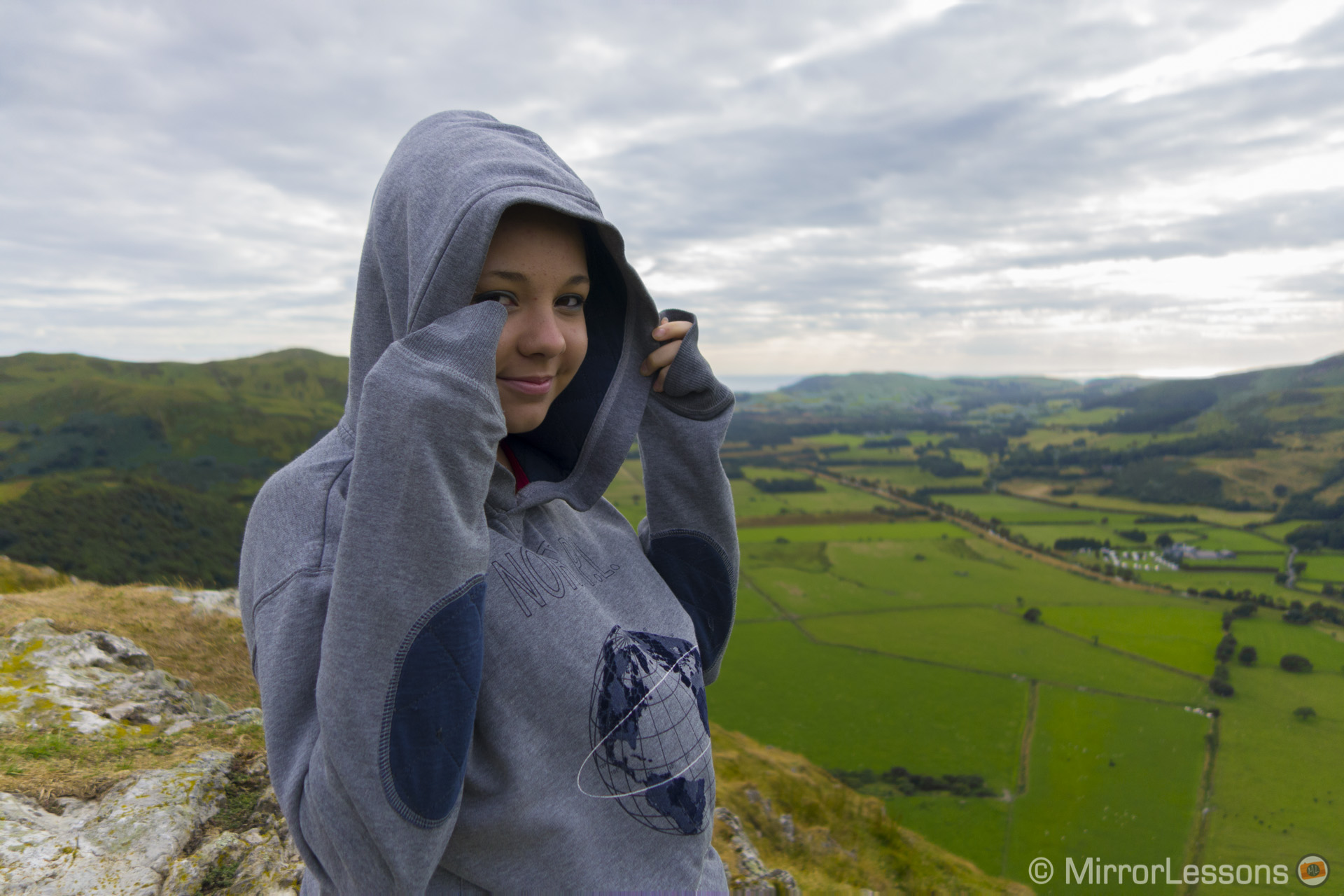
So enough with words–you can enjoy more pictures below. Some are JPGs on-camera, others are RAW files developed with Lightroom. I even converted some into Black and White as the light was perfect for monochrome. Be sure to come back as I will post other galleries and feedback about this great little camera!
